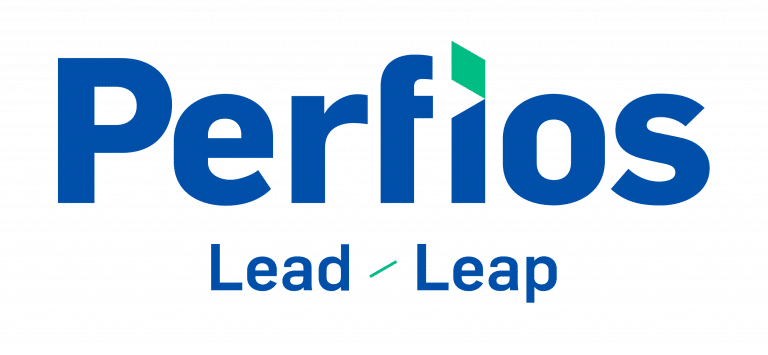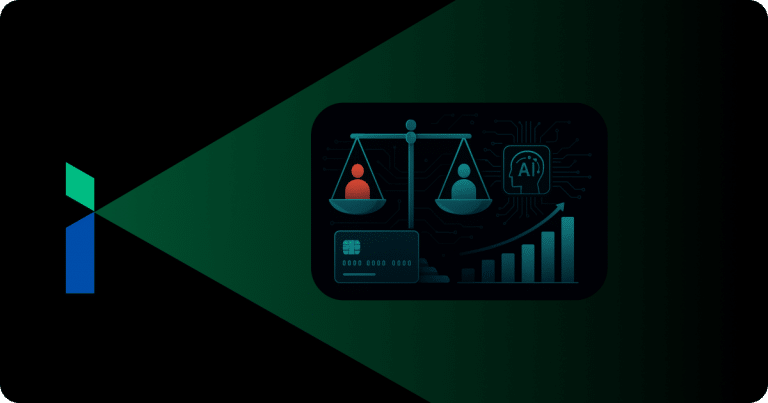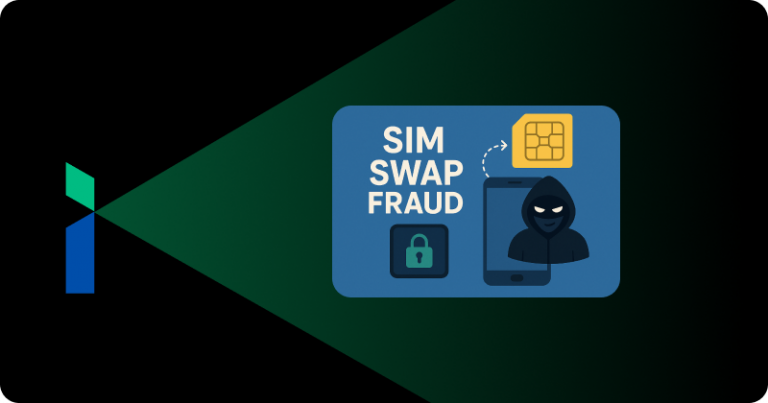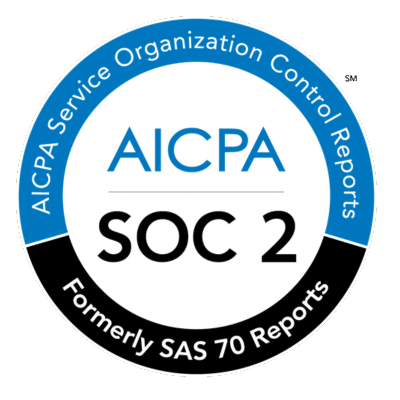Introduction
A common definition of money laundering is the illegitimate processing of criminal proceeds in order to appear as though these large amounts of money came from legitimate sources, thereby disguising their illicit origins. A critical function of this process is to allow the perpetrators to enjoy these unjustly gained ill-gotten gains without jeopardizing the source and keeping the authorities at bay. Illegal arms sales, smuggling and organised crime including drug trafficking, and prostitution rings generate humongous amounts of proceeds. Embezzlement, insider trading, bribery, cyber crimes also generate astronomical profits and provides the incentive to legitimise these illicit gains through money laundering.
Due to the layering and integration processes funds go through, it is difficult to determine the actual cost of money laundering. Nevertheless, the United Nations estimates that between 2% and 5% of the world’s GDP is laundered annually, which is approximately $800 billion to $2 trillion. It is impossible to understate the significance of this figure, especially when you consider that South Korea is one of the most developed and industrialized nations in the world with a GDP of around $2 trillion dollars.
Process of Money Laundering
The process of money laundering involves three stages: placement, layering and integration.
Placement
It is common to commingle licit and illicit funds in order to place funds. These latter payments are disguised as being part of a business’s turnover and can be attributed to a legitimate company. A benefit of this is that it provides an explanation for the influx of dirty money into the financial sector. These illegitimate funds are funneled through retail outlets such as restaurants and supermarkets that handle large amounts of cash.
It has been observed that when extremely large amounts of dirty money need to be laundered, such as in the case of serious transnational fraud, criminals tend to shift their activities to jurisdictions that offer anonymity, removing the risk of identification and avoiding legal prosecution for the felony or offense that produced such astronomical profits. Consequently, they may retreat to tax havens or offshore jurisdictions providing high levels of anonymity, or to jurisdictions with anti-money laundering measures recently enacted or not yet fully implemented, and therefore ineffective.
Layering
After the money has been redirected from the place in which the offense occurred, the layering process begins. The process involves a series of rapid, sophisticated and multitudinous transactions intended to erase the paper trail so that law enforcement is stuck in a maze, unable to trace or uncover the origin of the illicit money. To accomplish this, they strategically layer financial transactions and commit fraudulent bookkeeping in order to obfuscate the audit trail.
Layering is an intricate intertwined complex web of transactions designed to conceal the origins and ownership of illicit funds.
Integration
The culmination of money laundering is integration. The dirty money is now integrated into the legal economy. Criminals now intend to reclaim the funds by returning them to the country where they operate and investing them in the legal economy. The real estate sector, for example, can be exploited to do so. Integration is carried out very carefully and intricately in order to conceal the illicit origin of funds and present a plausible explanation as to where the money originated.
Anti-Money Laundering
The concept of anti-money laundering refers to an amalgam of policies, procedures and technologies that prevent money laundering. It is implemented in government systems and large financial institutions to monitor potentially fraudulent activities. The purpose of KYC/AML/CFT guidelines is to stop criminal elements from using banks for money laundering or terrorist financing, whether they are doing it intentionally or unintentionally. By utilizing KYC procedures, banks are also able to better understand and know their customers and financial dealings, allowing them to manage their risks effectively.
AML/CTF Guidelines
Banks should frame their KYC/AML procedures incorporating 4 key elements according to the guidelines set forth by RBI:
a) Customer Acceptance Policy
● Design and develop clear Customer Acceptance Policy laying down explicit criteria for acceptance of customers.
● No account is opened in anonymous/fictitious/ benami names.
● Categorisation of customers into low, medium and high risk customers based on the nature of business activity, location of customer and his clients, mode of payments, volume of turnover, social and financial status etc
● Necessary checks before opening a new account so as to ensure the identity of the person does not match with any known person with criminal background or with banned entities such as individual terrorists or terrorist organisations etc.
● Policy should not be too restrictive, disallowing banking services to the proletariat, especially those who are financially or socially disadvantaged.
b) Customer Identification Procedure
● Customer Identification Procedures should be clearly outlined by the banks during various stages of establishing a banking relationship, completing a financial transaction or when the bank has doubts about the veracity or authenticity or adequacy of the previously obtained customer identification information.
● In customer identification, reliable, independent sources of data, documents, or information are used to identify the customer and verify his/her identity. According to the existing guidelines, due diligence should be performed based on the risk profile of the customer. A risk-based approach is considered essential to avoid disproportionate costs for banks and a burdensome regulatory regime for customers
● It is difficult for close family members, such as a wife, son, parents, etc who are dependent on their spouses, fathers/mothers, sons, etc, to open accounts in some banks because the utility bills needed for address verification are not in their names. Banks can obtain identification documents and utility bills from the relative with whom the prospective customer is living, as well as a statement from the relative that the person wanting to open an account is related to him/her and is living with him/her.
● Implement a system of periodic updating of customer identification after the account is opened, at least once in five years for low risk customers and once every two years for medium and high risk customers.
c) Monitoring of Transactions
● Ongoing monitoring of transactions is an indispensable element of effective KYC procedures.
● It is only through an understanding of the normal and reasonable behavior of the customer that a bank can effectively control and reduce its risk. This allows the bank to identify transactions that fall outside the regular pattern of behavior.
● The level of monitoring depends on the risk sensitivity of the account.
● All complex, unusually large transactions and all patterns with no apparent economic or legal purpose should be investigated carefully by banks.
● Banks may set threshold limits for a particular category of accounts and pay particular attention to transactions that exceed these limits.
d) Risk Management
● It is necessary for the Board of Directors to ensure that a KYC programme is effectively implemented by establishing appropriate procedures and ensuring their effective implementation. Management oversight, systems and controls, separation of duties, training, and other related issues should be addressed
● Internal audit and compliance functions play an important role in evaluating and ensuring compliance with KYC policies and procedures. An independent evaluation of the bank’s own policies and procedures, including legal and regulatory requirements, should be provided by the compliance function.
● The banks should ensure that their audit machinery is adequately staffed with individuals who are knowledgeable about such policies and procedures.
Perfios’ solutions to meet AML/CFT guidelines
TKYC
TKYC is India’s largest AI powered digital onboarding and risk-mitigating API suite. The platform offers access to 100+ APIs, thus enabling verification of multitudinous documents such as PAN, Aadhaar, Driving License, Voter ID card and even utility bills, gas connection bills, etc. In all of these APIs, the user must input basic information about the document and the APIs will leverage this information to extract supplementary information about the document and provide the output and verification of the document in mere seconds, which could otherwise take days and weeks.
Perfios BGV
Perfios BGV application screens the customer’s provided information and recursively searches public sources leveraging the user’s provided information to procure documents with additional information, thus providing incisive insight into the customer. This application does the heavy lifting to link multiple databases in order to carry out not only the verification process but also cross-validation across all credible databases and to independently authenticate and score applicants according to their risk levels as red, amber and green, just the way RBI wants it to be.
Perfios OneView
OneView is the repository of all the proprietary information of around 2.7+ crore business covering the entire landscape of India. It provides exhaustive information on the type of business activity, the products or services that the company is dealing with, the industry it belongs to, etc., the entire paraphernalia and machinery of the organization.
Hence, you can perform enhanced due diligence of the entity based on some preliminary or basic information. The business and management profiling help understand the brick-and-mortar of the organization and consequently assists in due diligence. It gives you a 360 degree holistic view of the organisation, its demographics and its management.
Another significant USP of OneView are the negative checks that also help monitor the counterparties on an ongoing basis. You can track and receive alerts around early warning signals of your portfolio companies, including Litigation and Negative news.
There are 88 odd alerts that you can monitor, which are grouped into various sections, i.e., Regulatory actions, Statutory compliance, Banking defaults, auditor alerts, credit ratings, etc. These alerts inform you of any monumental change under any of the above sections related to the target entity, such as credit rating downgraded or RBI declaring the company as a shell company, etc.
OneView tracks, monitors, and conducts a detailed analysis of news surrounding a target entity, with news segregated by severity, relevance, and exposure, which is ideal for due diligence of larger entities that have an oversized impact on operations and profits because of negative news floating around.
It keeps you covered with all the current happenings in the organization that may tarnish its reputation or affect its financial stability.
You can get a quick glimpse into the financial defaults of the company of previous financial obligations. It provides the list of assets up for auction that were hypothecated as collateral for loans that the target entity is unable to pay.
Many crooks embezzle shareholder’s money by floating innumerable shell entities that may portray a gleaming veneer but with insides that are chockablock with the filth of financial crimes, deceiving even the statutory authorities. OneView was designed after studying extensive financial and other patterns usually followed by shell entities. OneView was imbibed with a rule-based engine to help identify shell entities with a 98.5% accuracy. Through OneView, Perfios have been able to identify 150000+ shell entities. Our product uses more than 120 parameters/data points to arrive at the classification, including high-risk patterns in financials, high-risk zones/addresses, hidden email linkages, etc.
To top it all off, Perfios is building a layer of proprietary algorithms on the KScan platform to proactively detect patterns of Shell Entities, Hawala Entities and Benami Entities. This feature will enable banks to instantly assess the credibility of their customers.
As such, KScan enables ongoing monitoring of organizations, provides enhanced due diligence, alerts of any red flags that could damage an organization, and ensures no account is opened by shell or benami entities.
Conclusion
Perfios continuously monitors the changing AML/CFT/KYC guidelines to develop products that anticipate emerging customer requirements. Perfios believes in staying on top of customer requirements and proactively creating products that meet their requirements in response to any change in guidelines, rather than waiting for customers to inquire about such items. By leveraging Perfios’ products, companies can be sure that they’re following all the AML/CFT/KYC guidelines to the T.

